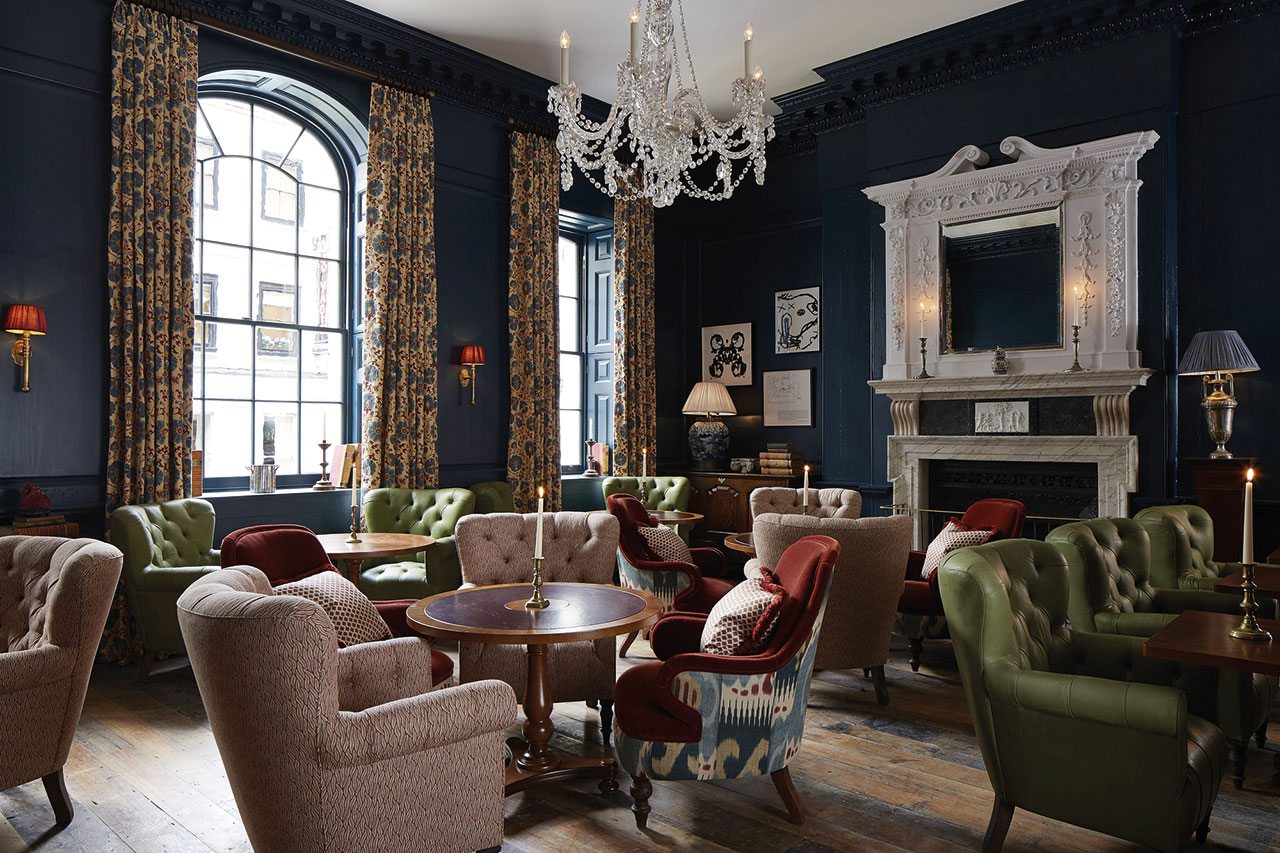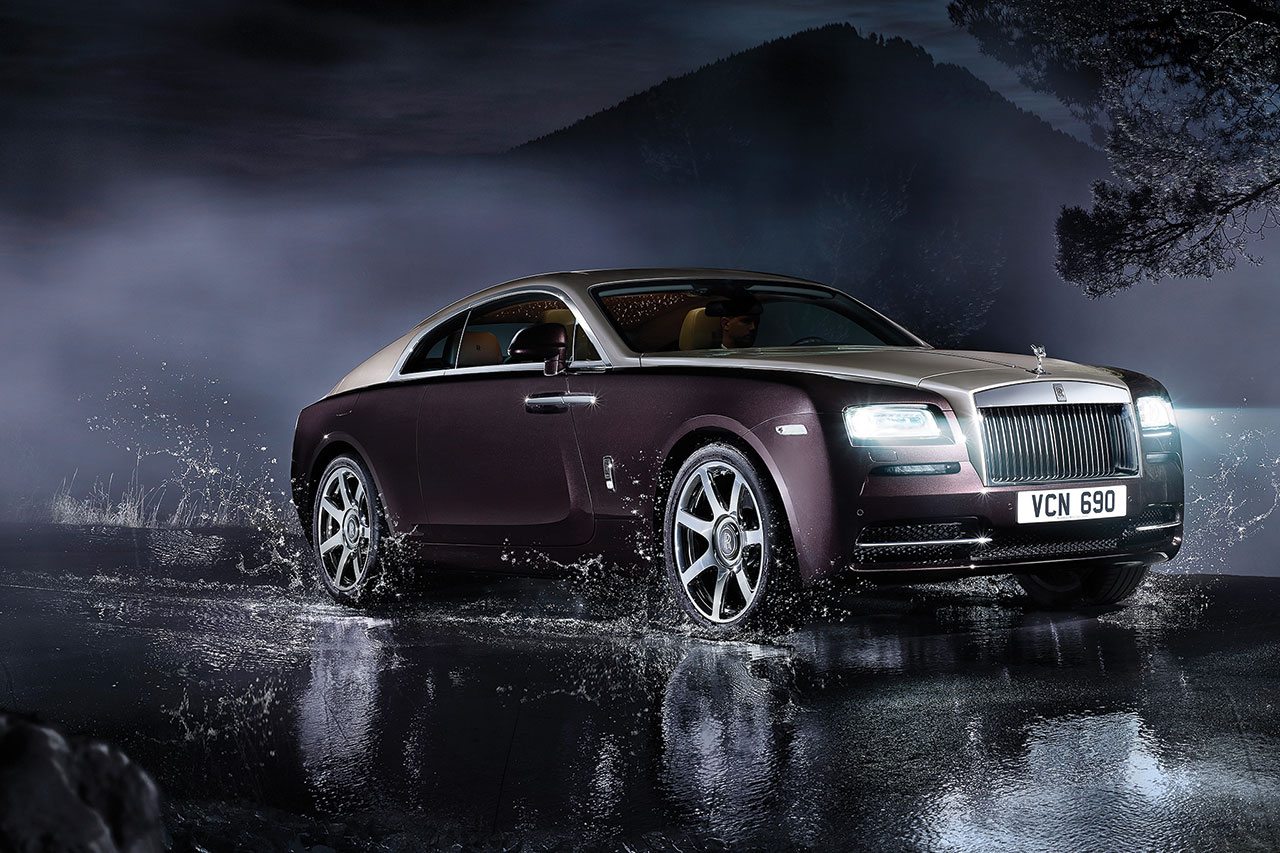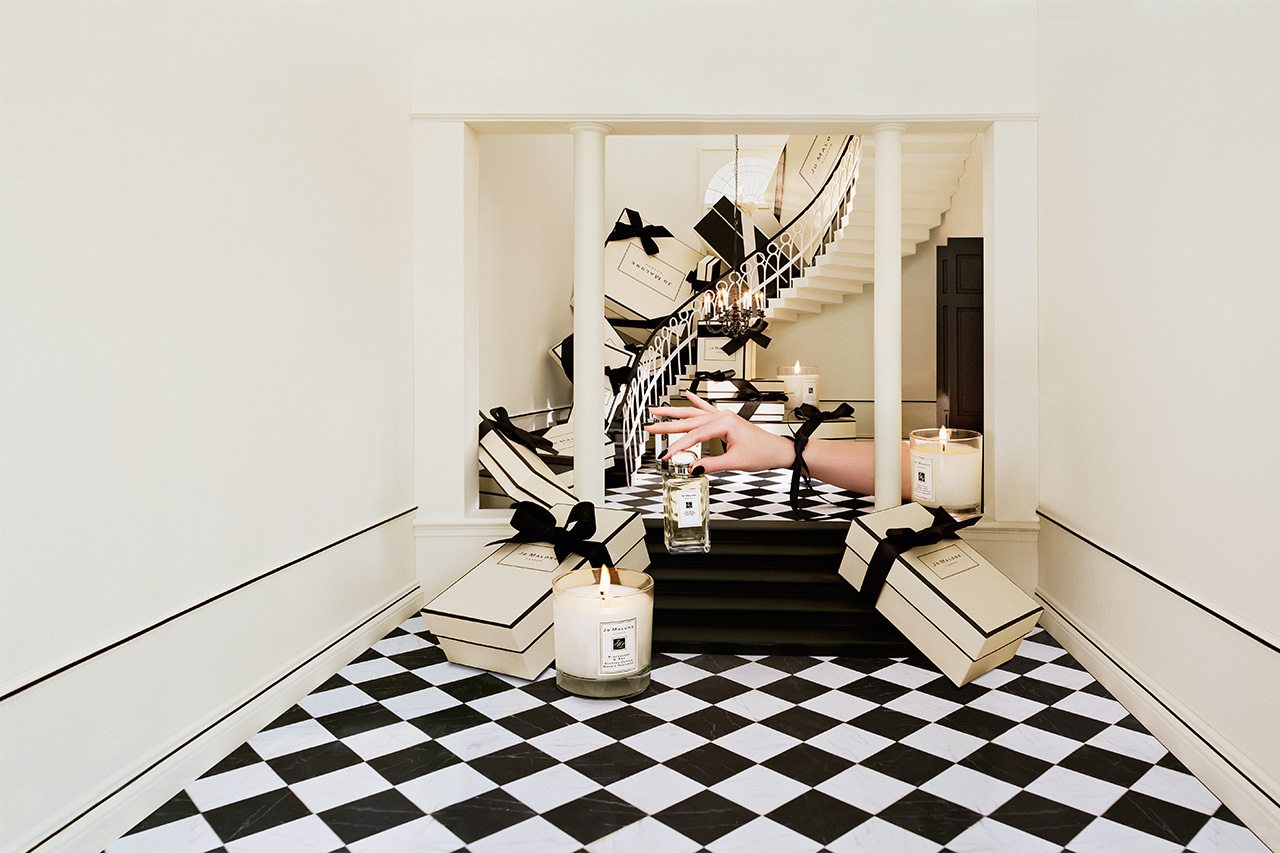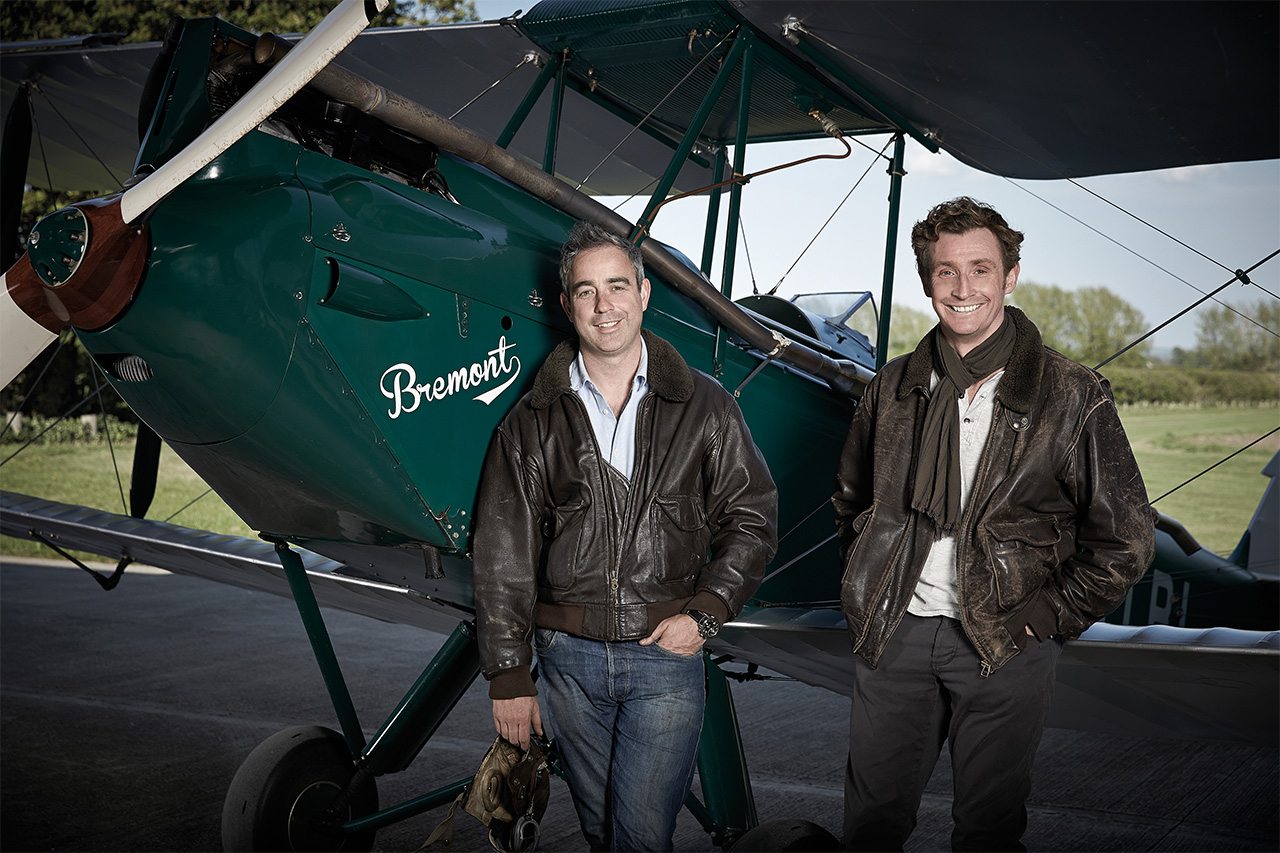The Evolution of Great Brands
Stephen Bayley says great brands aren’t just created out of thin air, they need time to mature and grow
This post may contain affiliate links. Learn more
What does it take for a good brand to become a great one? Stephan Bayley discusses the evolution of brands from past and present…

Soho House
I am having lunch with my old friend (Sir) John Hegarty at The Groucho Club, an elephant’s graveyard of talent. So that’s two British brands in the first sentence, three if I am allowed to delude myself briefly. John was a partner in Bartle Bogle Hegarty which, as BBH with a black sheep as its logo, effortlessly became the country’s most successful creative ad agency of the later 20th century. So much so that, in the way of these things, it was bought by the French.
John is now running a very clever business giving creative advice to start-ups. It is called The Garage, I think to suggest its workmanlike, honest nature. Rather as the new wave of homespun French vignerons call themselves garage winemakers. That’s good branding. Anyway, I asked John what sort of thing he told his clients. He twinkled and said, ‘It’s all about branding’. I briefly mounted my Ruskinian high-horse and said, ‘But you can’t have branding without a good product!’. He looked pityingly at me and replied, ‘Of course. It’s about taste’.
The art of branding
Don’t lose me here. Like ‘art’, brand can mean pretty much whatever you want. I like it that Isamu Noguchi said, ‘Everything is sculpture’. Nietzsche, like John Hegarty, believed that all of life is an argument about taste. You could say that, today, it’s an argument about brand as well. And maybe, in this way, we can track the evolution of our genus. Commercial artists evolved into graphic designers and then evolved again into branding consultants. Theirs is the alchemy that turns base stuff into precious money, names into reputations and reputations into brands. Some may prefer the word voodoo to alchemy.
Brands express (and create) tribal loyalties. They involve sensations of belonging, respect, loyalty, advocacy and, sometimes, even love. The greatest brands of all, Coca-Cola and Apple for example, actually replicate religious structures: there is a leader, a product, an eloquent constituency of believers, persuasive imagery, articles of faith. Not for nothing does the word ‘icon’ cross from business to religion and back again. You have the iconostasis of The Mother of God or a slickly packaged iPhone 7. In design terms, if not in sanctity, they are much the same thing.
If I were a branding consultant, I’d tell my clients that a brand has to have a clear identity. I’d explain that Picasso understood this. Early in his career he realised that the given name of Pablo Diego José Francisco de Paula Juan Nepomuceno María de los Remedios Cipriano de la Santísima Trinidad Ruiz y Picasso might helpfully be abbreviated. Thus he became the brand ‘Picasso’.
How labels gain longevity

A ‘brand’ is the intangible mixture of associations and expectations that all successful products possess. It is separate from, but directly related to the product. Bogus experts try to calculate it, but you can’t. And in the case of contaminated brands, and there are lots, it’s a matter of negative associations and low expectations. You can’t precisely evaluate them either, but you can always detect the contamination. Why exactly was it that M&S so dismally failed to become Cos or Zara and is now in a death spiral? Was it just dim management and retard unions who prevented Royal Mail, a great brand if ever there was one, from becoming FedEx or Deutsche Post?
But there’s always a lot of misunderstanding in the discussion of brands, just as there is much obscurity in a voodoo priest’s ceremony. Brands can’t just be created, they have to evolve. The people who created BMW didn’t sit around with their cheroots and steins of weissbier in a Munich office in 1919 and say ‘Ach, Fritz, wir müssen eine großer Weltbrand machen, hein?’
Instead, they simply got on with the job of making the best possible aero-engines, motorbikes and (much later) cars. This they did with absolute conviction. And with absolutely consistent (and beautifully aligned) engineering and artistic philosophies. With excellent ads to support it all. BMW never deviated from this. They never even made commercial vehicles, let alone mess about with dubious ‘brand extension’. BMW’s advertising has always been consistent. It has always charged premium prices and invested hugely in R&D. As a result, BMW is one of the most potent ‘brands’ in the world.
At their best, brands are inspiring, which is why people who do not drive a truck will wear a baseball cap with the legend ‘Detroit Diesel’. It is why Vetements can sell someone who is not a courier a DHL T-shirt for $266. In Cambodia, you can buy Alain Delon cigarettes. You will never see anyone wearing an M&S or Royal Mail T-shirt.
Great brands are created by great graphics and advertising, consistent story-telling and – most importantly – associations which consumers find attractive. As well as religion, they have the characteristics of heraldry and mythology too. People enjoy brands because they have meaning. And it’s a pleasure both to enjoy and to subvert them: what do you understand exactly when you hear someone say ‘He’s the sort who wears Paul Smith’? Well, it tells you that ‘Paul Smith’ is a brand with real meaning.
The making of a British brand

Why wasn’t Jo Malone heralded as a modern symbol of Britishness during the Brexit debate?
So what about British brands? This brings into play all the mysterious imponderables of defining ‘Britishness’, a task which eludes most efforts at analysis. Of course, the self-consciousness suggested in this exercise in navel-gazing narcissism is itself profoundly un-British.
This is why HMG’s recent ‘Great British’ advertising campaign was so wince-making. Only tinpot leaders of exotic banana republics or Caucasian natural gas czars advertise themselves. So meticulous was the ruling class, it was said that Harold Macmillan thought it bad manners even to notice what was on his plate. What he might have thought of the fretful self-analysis of nation trying to determine its own values tests any writer’s powers of metaphorical invention and imagination.
But let’s give it a go. Britain’s international prestige is historically based in its noble political and public institutions, outstanding universities, and incomparable literature. Indeed, this year British individuals have won more Nobel prizes than the rest of the world put together. But there is something else. Henry Racamier, who built the conglomerate that is now LVMH, once said that Britain’s great luxury products were defined by masculinity, whereas France’s were more feminine.
That’s an observation that works well. Whisky versus champagne? You get the point. And even in the days when we are told that gender is fluid, the very greatest British products have a distinctively male aroma. You only have to recite the names Range-Rover, Barbour, Hunter, Purdey and Belstaff, and a certain range of testosterone-flavoured imagery comes to mind. Of course, British women, notably the Queen, drive off-road, walk through wet fields and occasionally kill things with guns, but Racamier was surely correct.
Nonetheless, it was hauntingly significant that during the misfiring sequence of non-events that was the Brexit ‘debate’, TV producers and picture editors on newspapers had great difficulty in finding modern symbols of Britain. Why no Rolls-Royce Wraith? Why no Soho House? Why no Jo Malone? Why no McLaren? Instead, they all took lazy recourse to historic visual clichés. Stonehenge (3000BC), the Union Jack (1801), The Houses of Parliament (1840), the Spitfire (1936), Routemaster bus (1956), Mini (1959) and Sergeant Pepper (1967) comprised the iconography. If there has been a significant British design since the mid-Sixties, it was not apparent from Brexit editorial. Nostalgia may be the real British disease.
Creating a narrative behind the name

Nick and Giles English, co-founders of the aviation inspired, luxury watch brand Bremont
And then there is the potential of industrial archaeology. Brands need a backstory even when there is none, which is why Bremont ingeniously employs real and imagined associations between its handsome new watches and creaking historic aircraft. When BMW bought The Rover Group, it successfully extracted Mini from the portfolio of dead Midlands brands, neglecting Riley, Wolseley and Austin-Healey, perhaps with good reason. There may be life in the graveyard.
Other defunct British car and motorbike marques include Allard, Armstrong, Austin, Blériot-Whippet, Frazer-Nash, Gordon-Keeble, Invicta, Jowett, Lanchester, AJS, Ariel, Brough Superior, BSA, Rudge, Sunbeam, Velocette, Villiers and Vincent. There are further riches in aerospace: Auster, Air Navigation and Engineering Co., de Havilland, The Dunstable Sailplane Co., Handley-Page, Hawker, Miles, Napier, Sopwith and Supermarine. Anyone see any potential here? In fact, now that Henry Racamier’s business model of the luxury brand conglomerate now feels slightly old-fashioned, the development of new small and independent brands may be a better strategy for post-Brexit Britain.
I have a dead British brand of my own. In 1768 Bayley’s of Bond Street created a scent called Eau de Cologne Imperiale Russe for one of the Orlov brothers, favourites of Catherine the Great. In 1938, the scent was used to make ‘Imperial Leather’ soap. Now, I cannot prove any connection to Bayley’s of Bond Street, but (I have checked in the archives) neither can anyone else, so I am going to claim it as my own. I will build a brand, using advice from my consultants John Hegarty, Nietzsche, Picasso and Henry Racamier. I already have the graphics and advertising in mind. They will be fabulous. But, in this delirium, I must remind myself that there is only one rule here: there is no such thing as a great brand representing an indifferent product.
SEE MORE: Great British Brands Guide
